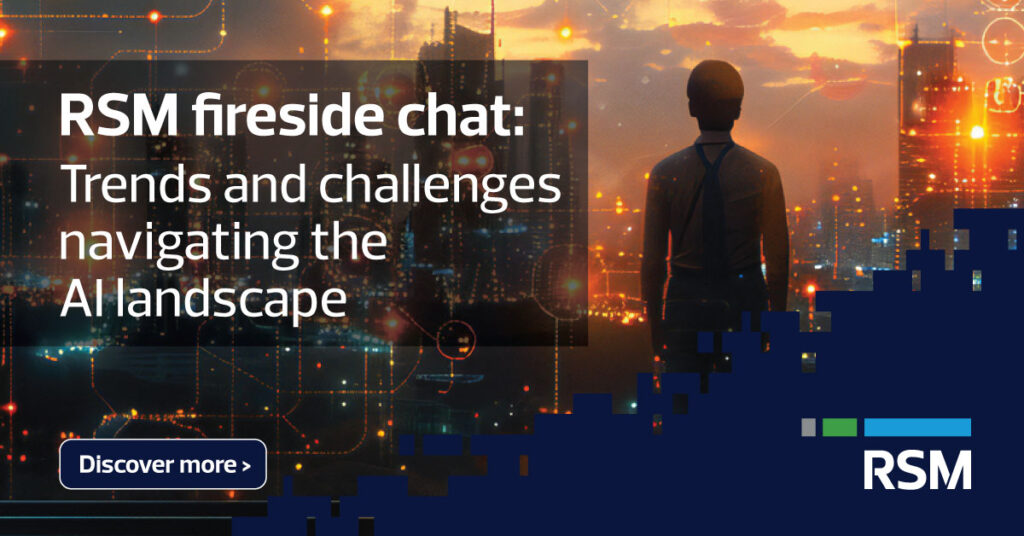Organizations often find themselves at a crossroads when it comes to deploying artificial intelligence (AI). Many lack the necessary internal skills, and as a result, they often seek external assistance to navigate the complexities associated with successful deployment. AI models are intricate, and the analytics they produce can be difficult for enterprises to interpret fully. Consequently, a robust understanding of these insights is crucial to adapting and implementing the most effective solutions. Continuous learning and seamless integration of AI will remain pivotal objectives for firms looking to maintain a competitive edge in a rapidly evolving landscape.
The introduction of AI tools like AutoML and GitHub Copilot has made it simpler for companies to prototype and refine processes efficiently. However, the transition from prototype to full implementation is fraught with challenges. A common pitfall lies in a lack of planning and inadequate resources. Organizations may rush into full-scale projects without thoroughly vetting the viability of their data. To avoid falling into these traps, it is crucial for businesses to conduct quick assessments of data quality and readiness before committing resources to larger initiatives. They also must create an efficient, scalable strategy that can support the entire AI lifecycle, from ideation to deployment.
One significant challenge that organizations encounter during the AI integration phase involves errors in automation. Such errors can stem from various issues, including data quality, API rate limits, and integration problems. When an organization implements AI tools, it is paramount to anticipate these challenges to mitigate downtime and resource loss quickly.
For instance, an organization may face integration issues while connecting AI systems with legacy software. To troubleshoot this, the first step is to conduct a comprehensive evaluation of the existing infrastructure. Identify compatibility gaps and explore middleware solutions that can facilitate smoother interactions between AI applications and legacy systems. Once identified, developing a phased integration plan can help manage risks, ensuring that both systems operate concurrently without disruption. Test each phase thoroughly before moving to the next to ensure stability and performance.
Another common problem involves API rate limits. Exceeding these limits can lead to a halt in operations, impacting data availability and insights. To address this, organizations must keep track of the API usage regularly. Implementing rate-limiting algorithms can help manage the number of API calls made by the system, ensuring that operations remain within threshold limits. Monitoring tools can assist in automatically alerting administrators whenever API usage approaches the defined limits. By establishing such guardrails, companies can minimize the impact of these potential disruptions.
Errors in data processing can also compromise the effectiveness of AI systems. Incomplete or inaccurate data can lead to erroneous outputs and undermine the reliability of insights. To tackle this, it is essential to set up stringent data validation protocols. Initially, implement a comprehensive data audit process to flag inconsistencies or inaccuracies. Post-validation, employing a feedback loop where AI systems continuously learn from corrections can enhance data accuracy and model performance over time.
The potential return on investment (ROI) for resolving errors promptly is significant. Addressing issues quickly reduces downtime, enhances productivity, and leverages data insights more effectively. Furthermore, organizations can realize cost savings by preventing more costly errors further down the line. By investing in robust protocols for troubleshooting and error management, companies can foster a culture of agility and resilience that will be beneficial in the long run.
As organizations implement AI, a clear understanding of where to focus efforts is critical. The goal should not always be to achieve groundbreaking advancements (“home runs”) but rather to identify smaller, incremental improvements (“singles and doubles”) that can facilitate learning and adoption within the organization. By prioritizing areas where there is a clear problem to solve or enhancing customer service capabilities, firms can strategically harness the transformative potential of AI technologies.
Engaging all stakeholders in this process—data scientists, IT professionals, and leadership—will foster an environment conducive to continuous upskilling and collaboration. Building an organizational culture that embraces learning will ensure that businesses stay ahead in a sector where transformation is rapid and constant.
In summary, the path to successfully integrating AI within organizations is laden with challenges, particularly in the realm of error management and troubleshooting. However, by proactively addressing these issues and focusing on incremental improvements, companies can unlock the immense potential of AI. Establishing robust processes for monitoring and troubleshooting will not only streamline operations but also empower organizations to adapt swiftly and effectively to the ever-evolving technological landscape.
FlowMind AI Insight: Organizations that take a proactive approach to troubleshooting AI errors while focusing on incremental improvements will be better positioned to realize significant ROI, enabling ongoing learning and adaptation. By fostering a culture of agility, businesses can navigate the complexities of AI integration with increased confidence and effectiveness.
Original article: Read here
2024-11-27 08:00:00

